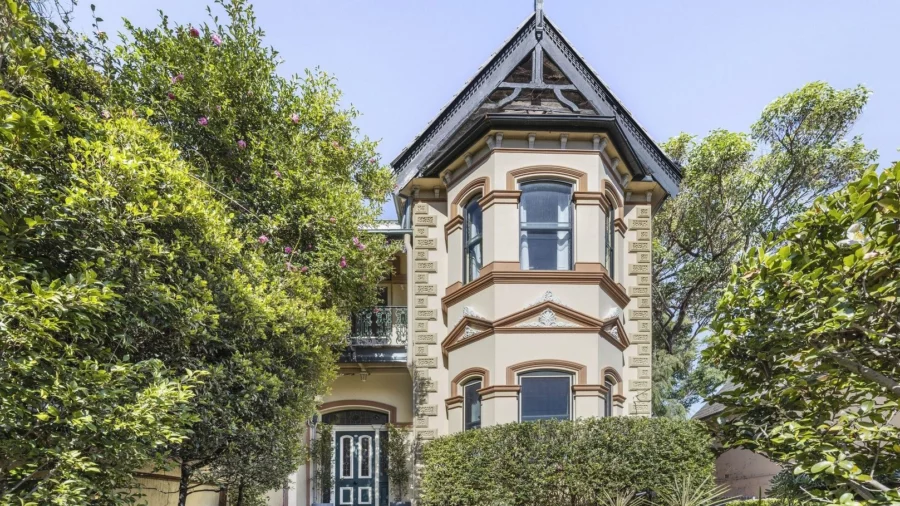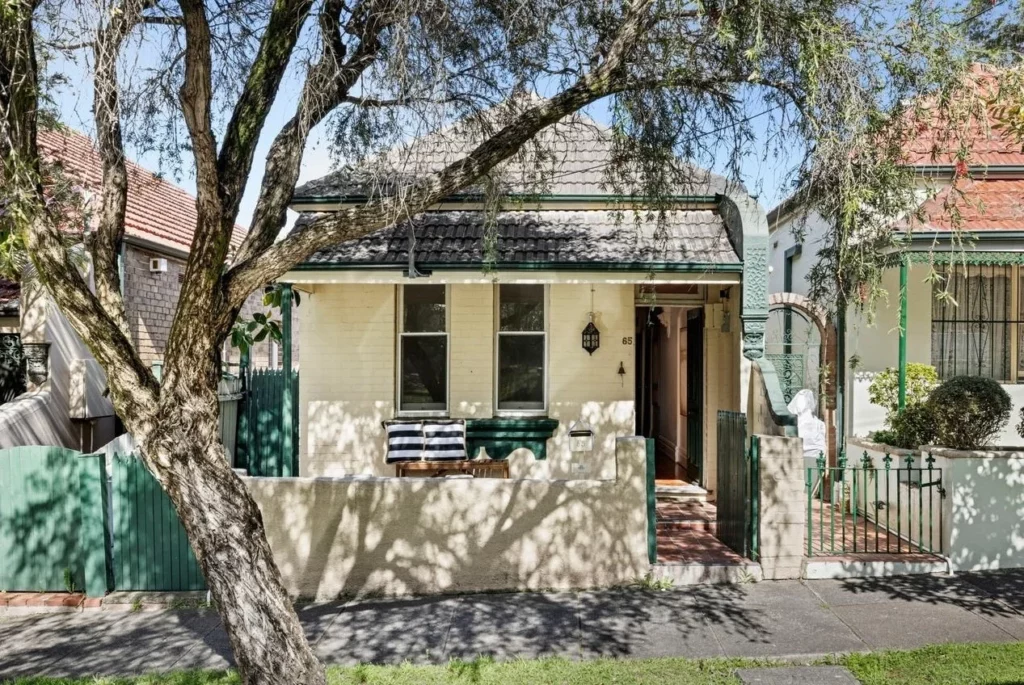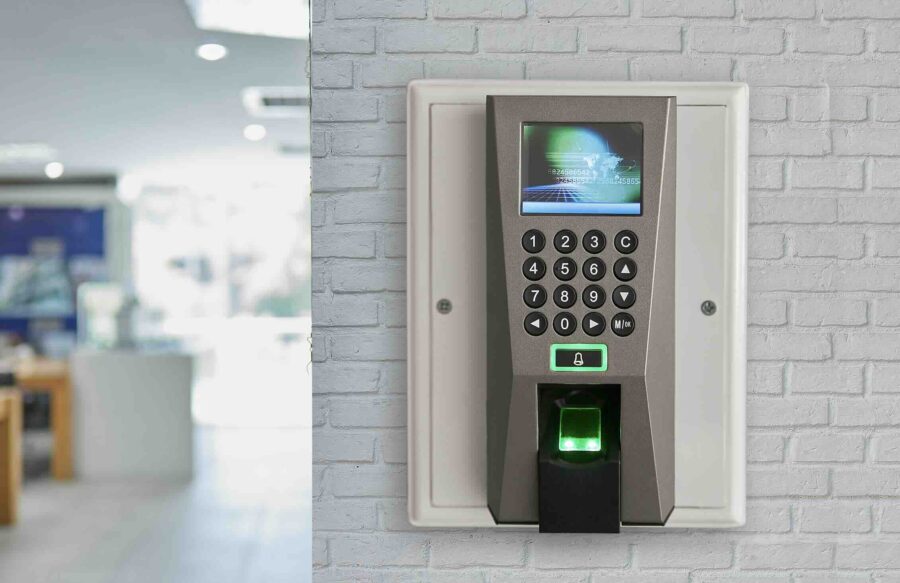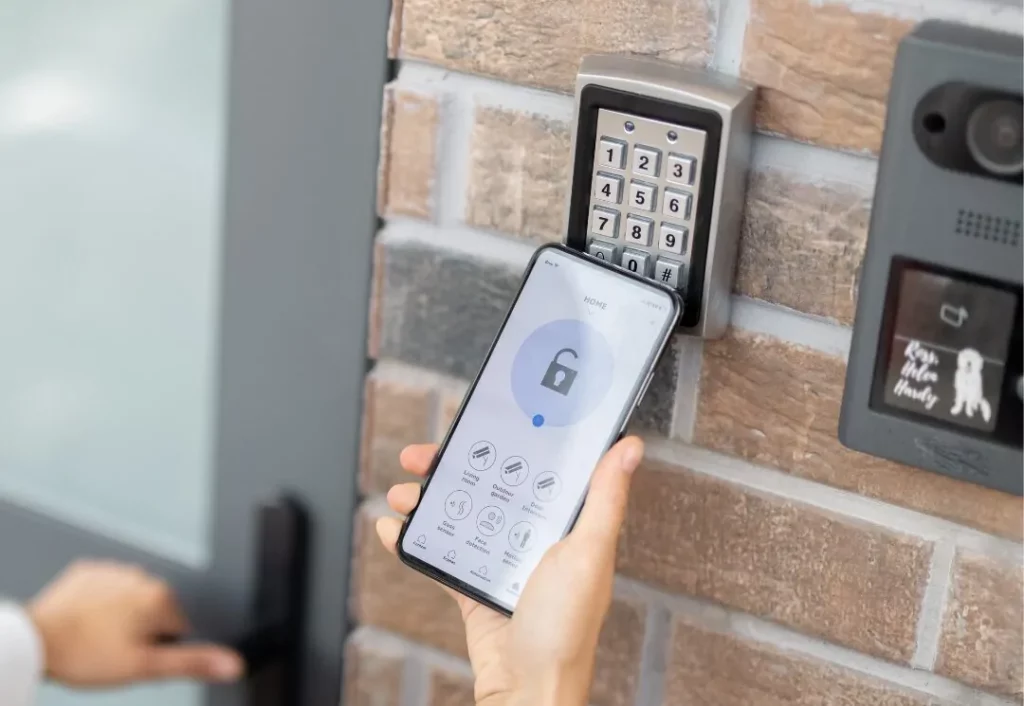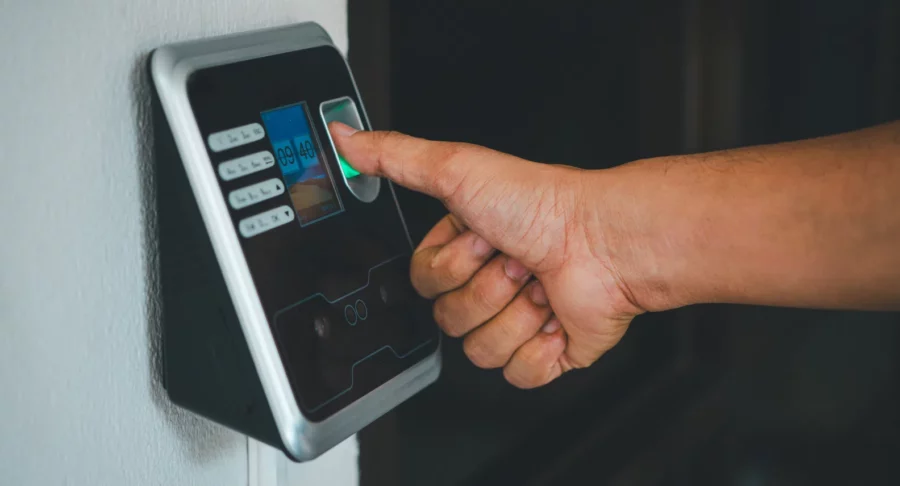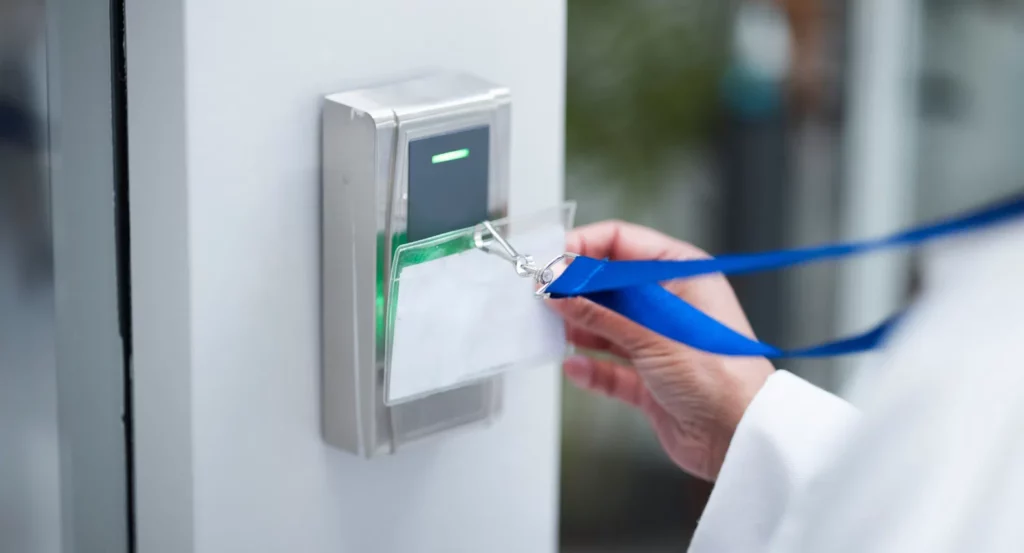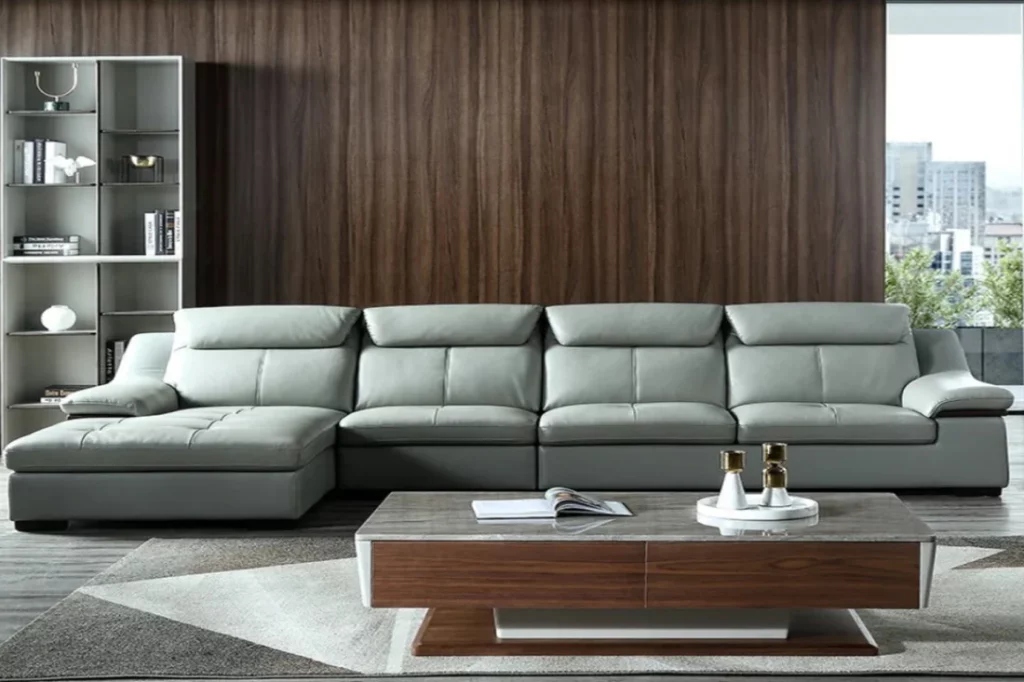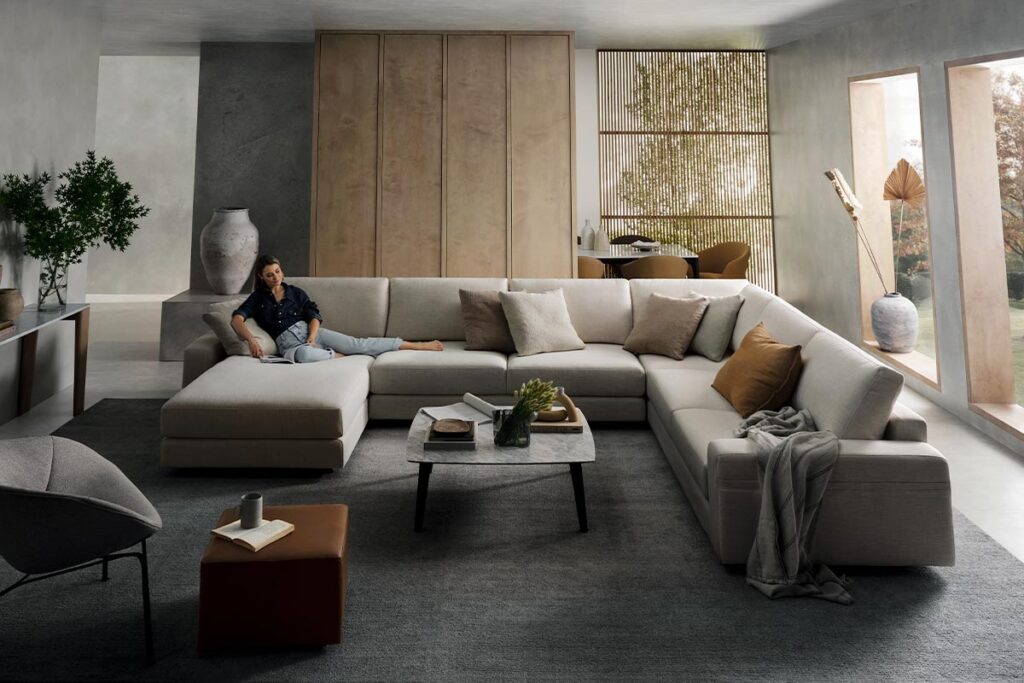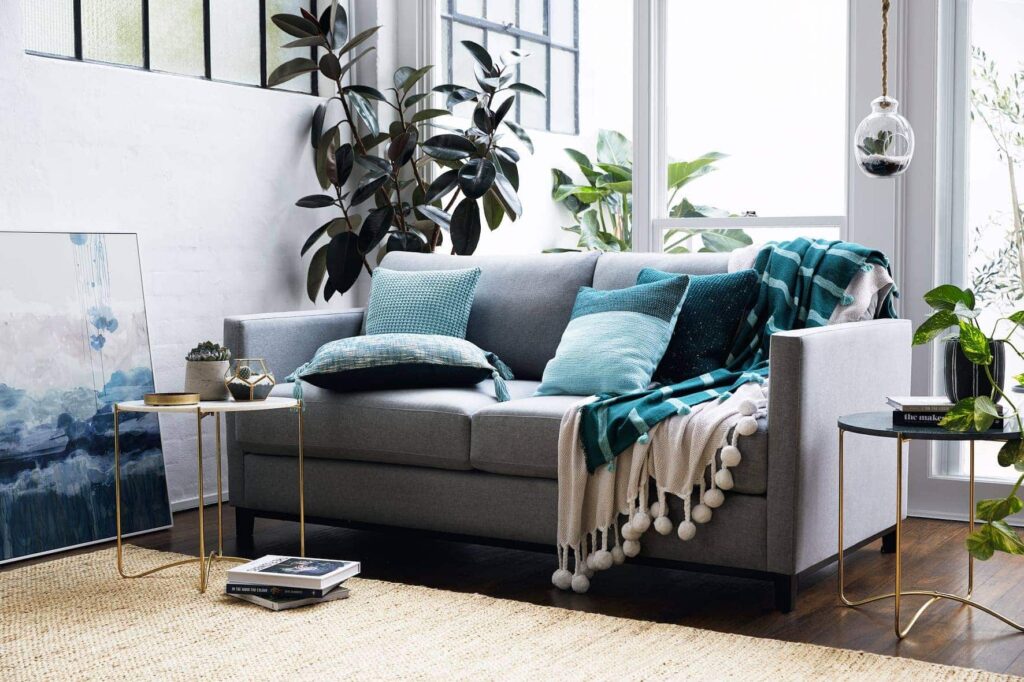Finding your dream property in Australia can be an overwhelming experience. Stories of overpayment, hidden fees, and disappointing investments are not uncommon. A property buyers agent in Stanmore can help navigate the complexities and ensure you don’t overpay. Empowering you with local knowledge and negotiating expertise, these professionals can be an invaluable asset during your home purchase journey.
With 88% of home buyers opting for the assistance of a real estate agent or broker, it’s clear the demand for expert guidance is high. Many buyers are not only seeking the perfect home but also trying to avoid costly mistakes. A trusted property buyers agent Stanmore brings local market insights and skilful negotiation skills, ensuring you secure the best deal without the pitfalls of overpayment.
Understanding the Role of a Property Buyers Agent
A property buyers agent acts as your trusted adviser when you set out to purchase a property. Their role spans from market analysis and property inspections to price negotiations and finalising the sale. They eliminate guesswork and reduce the likelihood of making impulsive or costly decisions.
The buyer’s agent’s key appeal is the ability to understand local market dynamics. With deep local expertise, they spot trends and recognise potential pitfalls. Their access to historical data and local information further informs their advice, helping you avoid paying above market value.
With the revelation that 95% of buyer agents quote commission rates between 2.5% and 3%, it is clear that transparency in pricing allows buyers to make informed decisions. This clarity, combined with local expertise, ensures you benefit from a market-savvy advisor who genuinely looks out for your best interests.
Avoiding Overpayment in the Current Market
Recent studies reveal alarming statistics about overpayments and hidden fees within the property market. Sellers with large equity gains have, on average, overpaid by around 2% on their first subsequent home purchase. This often stems from a lack of market insight and aggressive pricing strategies that don’t always reflect a property’s true value.
A property buyers agent often leverages comprehensive research tools that outperform traditional valuation methods. Their access to the latest data and expert networks ensures that the property you purchase is priced fairly. By understanding trends, these agents help you avoid paying an extra 2% or more, which can save a significant sum over the life of your investment.
Furthermore, buyer agent professionals know how to address the prevalent issue of underquoting. In Sydney, almost two-thirds of houses sold at auction were classified as underquoted, leading to unexpected competition and inflated final sale prices. With a property buyers agent guiding you, you receive a realistic market analysis that can steer you clear of such pitfalls.
Navigating Mortgage Fees and Associated Costs
Understanding the Fee Structures
One alarming statistic is that most U.S. home buyers are overpaying on mortgage fees, with the market totalling more than $13 billion a year. While Australian regulations and fee structures differ, the principle remains the same – many buyers pay more than necessary on ancillary costs.
A property buyers agent familiar with Stanmore’s financial landscape can help you navigate varying fee structures. They routinely compare different mortgage products, ensuring that you only pay what is necessary. Knowing that simplified loan structures, like zero-fee loans, exist provides you with leverage during negotiations.
Paying attention to mortgage fee details can save you a considerable amount in the long run. Your buyer agent actively monitors changes in fee structures and new product offerings. Their expertise means you receive a tailored comparison, ensuring that you choose the best option for your specific financial circumstances.
Strategies to Reduce Mortgage Overpayment
To reduce overpayment, the approach is twofold: vigilant shopping and strategic negotiation. Savvy buyers know that mortgage fees can be a hidden burden if not addressed early on. With a reputable buyer’s agent by your side, you benefit from expert insights into competitive loan products.
The key here is comparison shopping. Many agents work with multiple mortgage brokers who offer a range of products. By comparing zero-fee or low-fee loans, your buyers agent ensures you’re armed with the best options available. This proactive approach combats the $13 billion problem by protecting your bottom line.
A further benefit is the agent’s ability to simplify the process. They act as an intermediary between you and financial institutions. This means you are not left to navigate a labyrinth of paperwork and hidden fees on your own. The result is a streamlined process that reduces stress and financial outlay.
How a Local Agent in Stanmore Makes a Difference
Local Market Knowledge
A deep understanding of the Stanmore real estate market transforms your buying journey. Local agents are tuned into suburb-specific trends, ensuring they know which areas offer the best value for money. Their local insight often means that emerging neighbourhoods and undervalued properties are identified well before they become mainstream hits.
Local market knowledge is particularly important given the diverse and dynamic nature of the property market in Australia. With numerous neighbourhoods experiencing different economic pressures, your agent’s local expertise ensures you get the most accurate and current market analysis.
When you work with a local property buyers agent in Stanmore, you benefit from someone who knows the ins and outs of regional pricing fluctuations. This means that when a property is listed at a price that seems too good to be true, your agent is around to verify its worth. Their diligent research helps you avoid pitfalls that often lead to overpayment.
Personalised Service and Negotiation Skills
A property buyers agent in Stanmore offers a high level of personalised service that big agencies simply cannot match. Rather than dealing with one-size-fits-all advice, you receive customised recommendations tailored specifically to your needs and financial situation.
Negotiation is central to securing a favourable purchase price. Your agent has honed negotiation strategies that stem from years of experience in the local market. They work on your behalf to extract the best deal, even when competition is fierce.
This personalised approach is critical in a market where underquoting and rapidly changing property values can lead buyers astray. With multiple properties and auction pressures at play, having an expert negotiate for you ensures that no extra cents, or dollars, are wasted.

Understanding Buyer Agent Commission and Costs
Transparent Pricing Mechanisms
The property market is rife with uncertainty, and hidden costs can quickly compound. Knowing that most buyer agent commissions fall between 2.5% and 3% provides you with a benchmark. Transparency in pricing means you don’t have to worry about hidden charges clouding your budget.
A reputable property buyers agent discusses all fees upfront. This logistical clarity is crucial when balancing your finances as you make one of the most significant investments in your life. With error-free details upfront, you can plan better and avoid financial surprises.
This clarity is also essential when comparing service providers. A transparent fee structure highlights which agents not only offer competitive rates but also provide comprehensive services. The upfront nature of these fees is an investment that pays for itself through the savings you achieve on property prices and related costs.
Value for Money
While some might worry about commission fees adding to property costs, it is rather the added value that’s most important. An agent’s ability to negotiate effectively or prevent a costly mistake can quickly make the commission fee worthwhile. Your returns on savings often well outweigh the service charge.
Consider our statistic that 82% of home buyers experience regrets about their purchase decisions. This suggests that even a seemingly small overpayment can lead to lasting dissatisfaction. By investing in a buyer’s agent, you’re taking preventive measures against regret and missed opportunities.
When you think about the cumulative cost savings achieved through expert negotiation, guidance, and market insight, the cost of a property buyers agent isn’t just another fee. It is an essential investment that safeguards your overall financial well-being.
Key Questions Buyers Often Ask
How Can I Avoid Hidden Overpayments?
A common concern from buyers is whether they might be caught off guard by hidden fees or overestimated property values. Buyer agents conduct thorough property valuations, utilising advanced property valuation models that even outperform machine learning-based approaches in data-sparse regions. This means comprehensive research with minimal risk of error.
An experienced agent will investigate local sales trends, historical pricing data, and comparative market analysis reports. If you trust your agent’s expertise, you will make an informed decision that isn’t just based on anecdotal evidence, but robust analytical data.
This level of detailed scrutiny goes well beyond the norm. While many buyers may only lightly investigate property details, calling on a local buyer’s agent ensures that every facet of the property’s value is rigorously assessed. The result is a measured and accurate offer that avoids overpayment.
Is It Worth Paying an Agent When I Can Negotiate on My Own?
Beyond the obvious market insight, a local property buyers agent services all aspects of the purchase process, from extensive research to skilled negotiation. Many buyers who attempted to negotiate without professional help often found themselves outmaneuvered in situations where expert intervention could have saved thousands.
It is important to weigh the cost against potential savings. Statistics reveal that even marginal overpayments, like the average extra 2% paid by sellers on their first home purchase, can have long-term financial consequences. In every interaction, the agent’s strategic input is designed to ensure you achieve maximum value from your investment.
Your agent acts as a buffer between you and the seller, leveraging experience and local knowledge to secure a fair price. With their expertise, even in competitive bidding environments such as auctions, you can be confident that every bid is backed by thorough market analysis and strategic negotiation, minimising risks of buyer’s remorse later on.
Case Studies and Real-World Examples
Successful Negotiations in Stanmore
Consider the experience of many recent home buyers in Stanmore who managed to secure their dream homes at competitive prices. These success stories often highlight the pivotal role played by buyer agents.
One common scenario involved a property listed slightly above its market value. With access to comprehensive market data and advanced property valuation models, the agent was able to show the seller that the asking price was inflated and negotiate a reduction of nearly 3% off the initial price.
These examples underscore the value of local knowledge combined with expert negotiation. When you have someone who understands the intricacies of Stanmore’s market dynamics, every negotiation becomes an opportunity to save money and avoid the costly trap of overpayment.
Avoiding Common Pitfalls
Many buyers share similar stories of entering the property market full of enthusiasm, only to suffer buyer’s remorse later on. Whether it’s hidden fees or an unexpected competitive auction environment, these pitfalls can drain your finances.
A trusted property buyers agent is familiar with the pitfalls that plague the market. They can point out potential red flags early – be it underquoting incidents or the subtle signs that a property might not be worth the tall asking price. Their proactive approach saves you from costly mistakes.
In one instance involving a buyer in Sydney, the agent’s early intervention identified underquoting issues that later led to an auction frenzy. Thanks to their early insights, the buyer stepped back, re-evaluated other opportunities, and eventually secured a property under more favourable conditions. Example stories like these demonstrate the tangible savings and increased peace of mind that come with professional guidance.
Practical Steps for Engaging a Property Buyers Agent
Choosing the Right Agent
Finding the right property buyers agent is the first step in avoiding overpayment. Look for a professional with a proven track record in Stanmore and the broader Sydney market. Check testimonials, reviews, and local track records which highlight their successful negotiations and cost-saving initiatives.
While commission rates typically fall between 2.5% and 3%, don’t let that be your sole deciding factor. Instead, focus on the value they add. A well-connected, knowledgeable agent may even provide insights that extend beyond price, such as future market trends and potential property developments.
Arrange a consultation to discuss your financial goals and concerns. This initial discussion is your chance to gauge whether the agent understands your needs. A thorough conversation will help align expectations and ensure that both parties are working towards the common goal of securing your ideal property at the best price.
Negotiating Terms and Fees
It’s essential to have a transparent discussion about the fee structure and what services are included. Sit down with your agent and clearly map out all anticipated expenses, including mortgage fees and any administrative costs.
The agent should be able to provide clear examples of how their involvement translates into direct savings on your purchase. This transparency will give you confidence in their expertise and demonstrate that every fee is an investment towards avoiding an overpayment scenario.
Clear negotiation of terms ensures that you are not caught off guard by hidden charges later. It also fosters a mutual understanding, with the agent’s goals aligning closely with your ultimate objective: purchasing a property at a price that reflects its true market value.
Additional Considerations and Future Outlook
Long-Term Financial Benefits
Avoiding overpayment is not just about the initial purchase but also about securing long-term financial stability. Overpayments, even as small as an additional 2%, can compound over time when it comes to mortgage repayments and eventual property resale value.
A property buyers agent not only offers expertise in negotiation and valuation but also provides ongoing market assessments. This continuous involvement ensures that your investment strategy remains sound and that you’re well-informed of any shifts in market conditions.
In the long run, the savings achieved by preventing overpayments can be channelled into property improvements, investments, or even additional property purchases. Your agent’s role evolves from just securing the property to becoming a partner in your long-term financial journey.
Staying Updated with Market Changes
The real estate market never stands still. New market trends, economic factors, and regulatory changes are always on the horizon. A proactive property buyers agent in Stanmore keeps abreast of these fluctuations.
This vigilance means they can provide you with up-to-date advice whether the market is booming or taking a downturn. Such responsiveness is particularly useful if you plan to engage in property investment over multiple transactions.
Armed with new insights and tools, such as advanced property valuation models that outperform traditional methods in data-sparse regions, your agent will help you adjust your strategy. Whether you are considering refinancing or planning a future sale, staying informed is key to maintaining a secure investment.

Conclusion: Your Path to a Smarter Home Purchase
A property buyers agent in Stanmore offers more than simple property acquisition services. They provide expert guidance that can prevent costly overpayments and hidden fees. With solid local knowledge, adept negotiation skills, and transparent fee structures, these professionals represent a crucial ally in today’s challenging property market.
By engaging with a local buyer’s agent, you tap into a wealth of market insights and spend significantly less time worrying about hidden costs and uncertain valuation models. Real-life case studies, comprehensive market analysis, and personalised service make choosing professional guidance a sensible decision.
In a market riddled with underquoting, overpayments, and mounting mortgage fees, the peace of mind offered by a trusted property buyers agent is priceless. Whether you are a first-time buyer or an experienced investor, taking control of your finances and avoiding overpayment ensures that your property investment is built on a solid and secure foundation.
See Also: What a Stanmore Buyers Agent Understands About Heritage Homes



